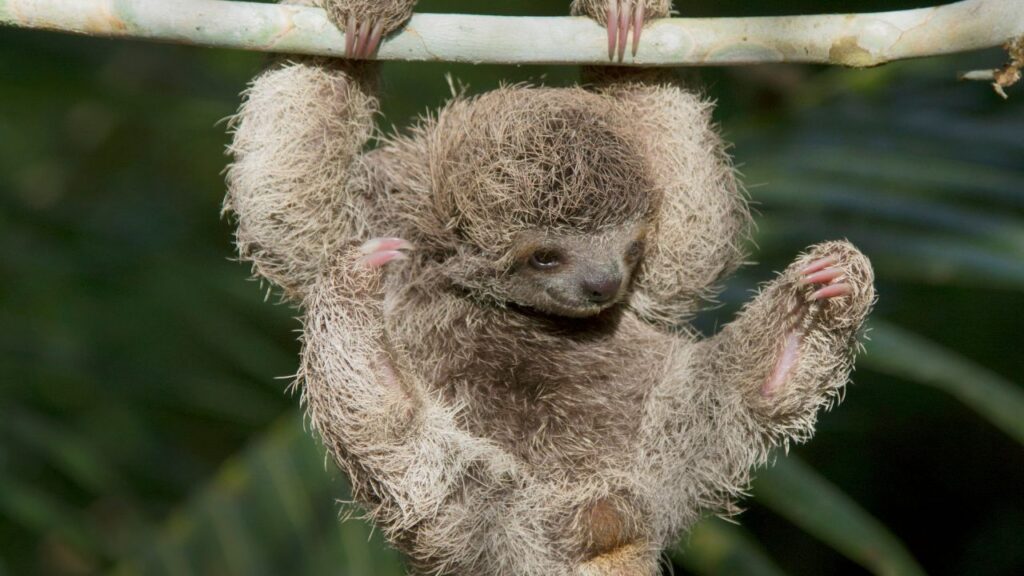Every animal has its own charm, but some creatures stand out more than others. Their unique looks, behaviors, and life cycles make them truly fascinating. Here, we’ll explore eleven of the most captivating animals on the planet and uncover what makes them so special:
1. Nine-banded Armadillo
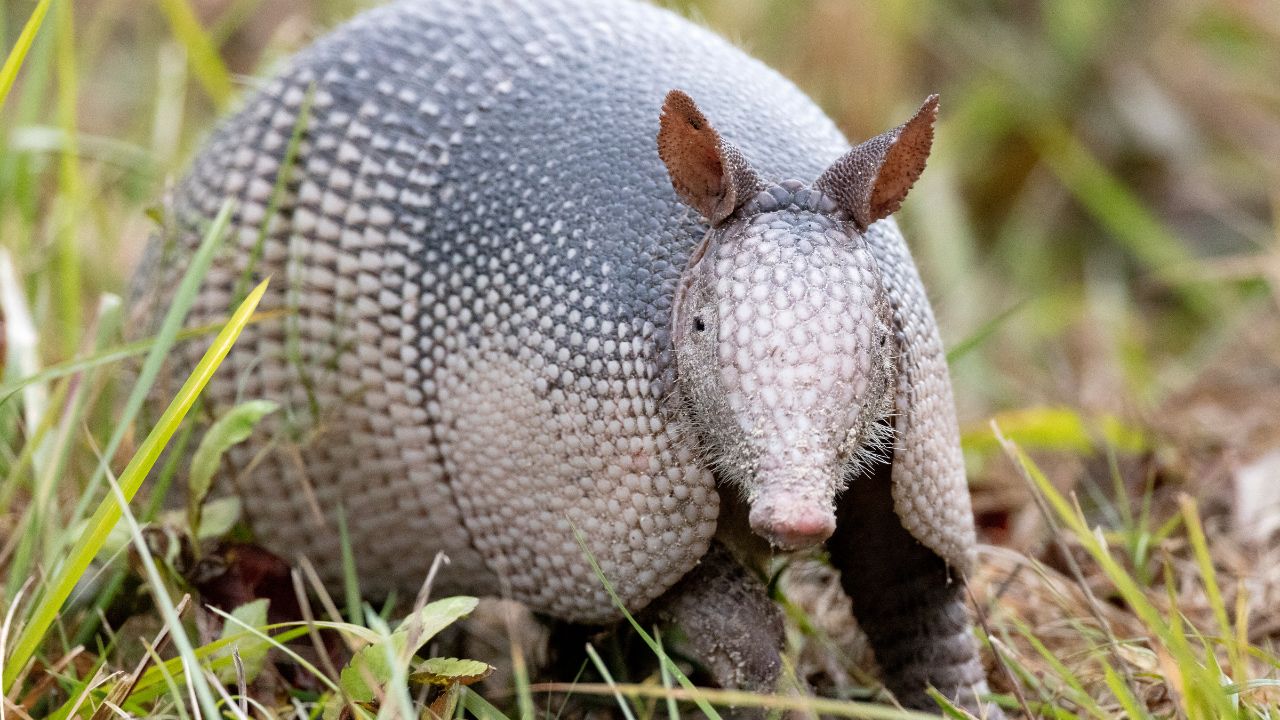
Once native to South America, nine-banded armadillos are now found in parts of Central and North America. Their bodies are covered in bony plates, and they can jump four feet into the air when startled. Interestingly, one fertilized egg splits into quadruplets after implanting in the uterus. They can live up to 20 years in captivity. Armadillos are also known carriers of leprosy and the parasite that causes Chagas disease.
2. Sperm Whale
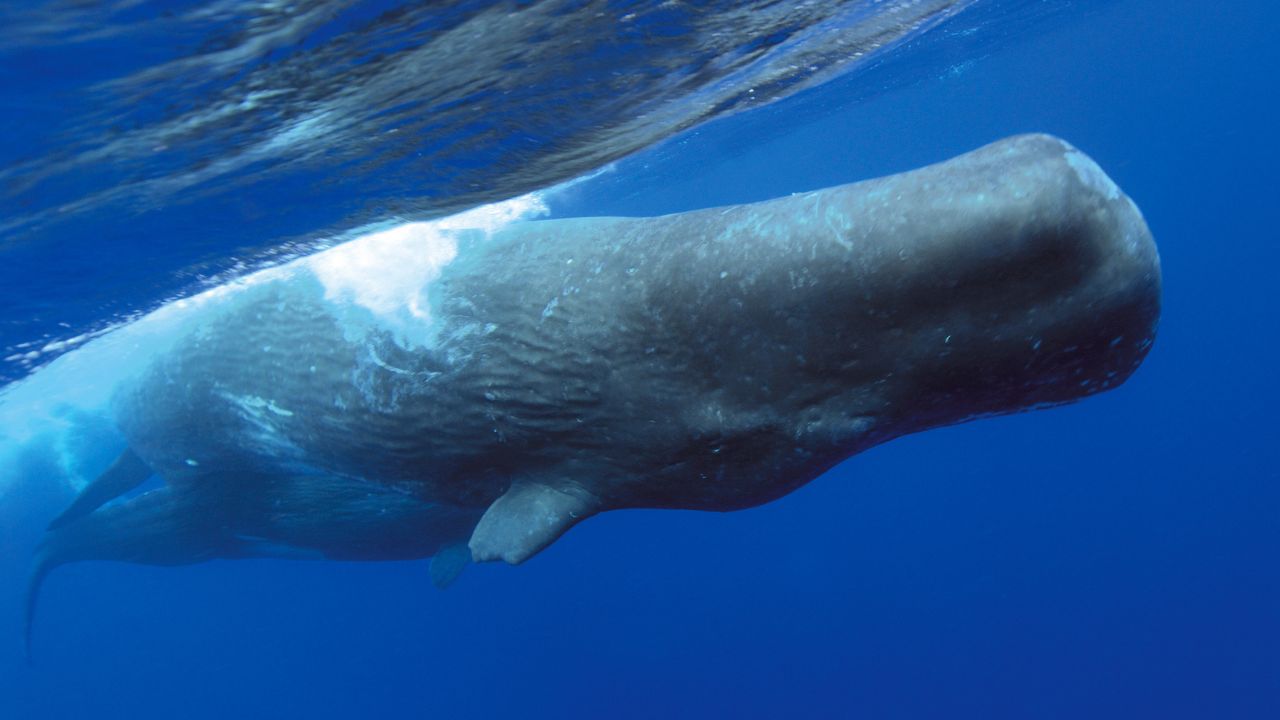
Sperm whales are among the most fascinating marine mammals. They are the largest toothed carnivores and have the largest brains. These whales can dive as deep as 6600 feet, using echolocation to hunt giant squids in the dark ocean depths. They produce ambergris, used in perfumes, when indigestible squid beaks irritate their digestive system. Sperm whales sleep vertically with their heads just below the water’s surface. They typically live about 70 years.
3. Platypus
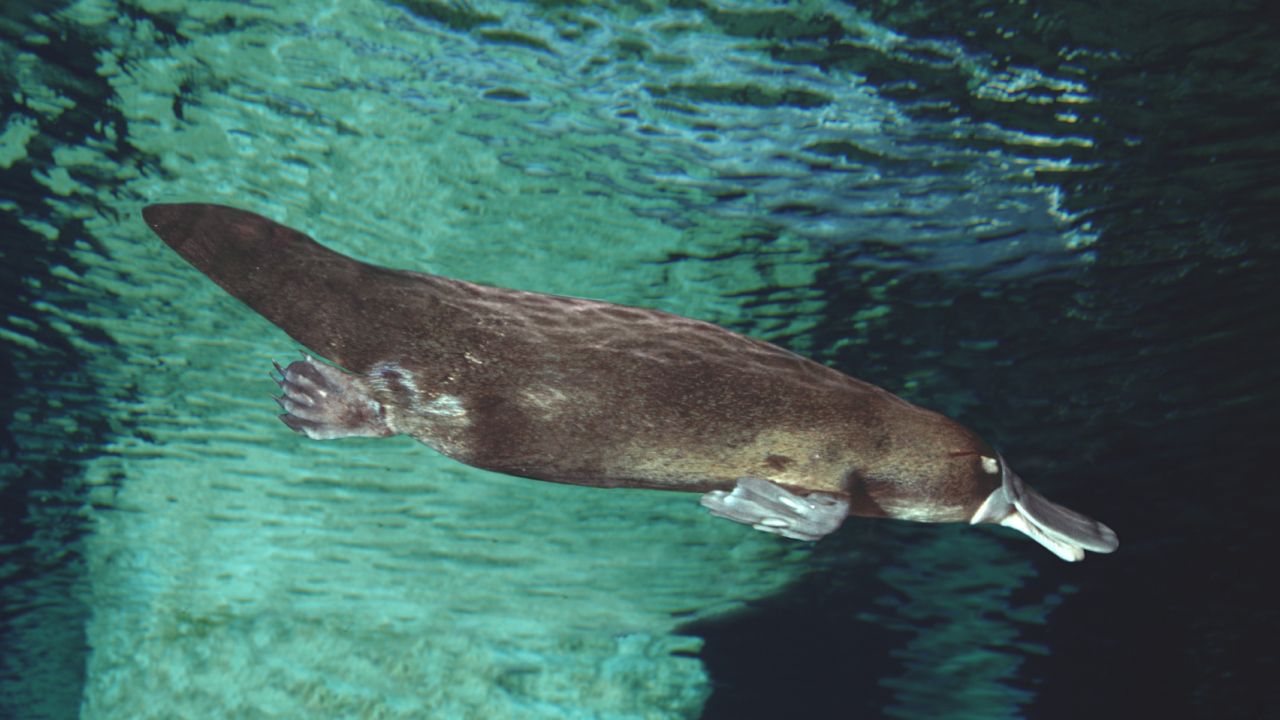
The platypus is an extraordinary mammal with a duck’s bill, egg-laying abilities, and venomous spurs on its back legs. It senses prey through electrical fields using receptors in its bill. Its babies hatch from eggs and nurse from milk secreted through the mother’s skin. Surprisingly, platypuses glow blue-green under black light. In the wild, they live about 12 years, but in captivity, they can live up to 20 years.
4. Hyrax
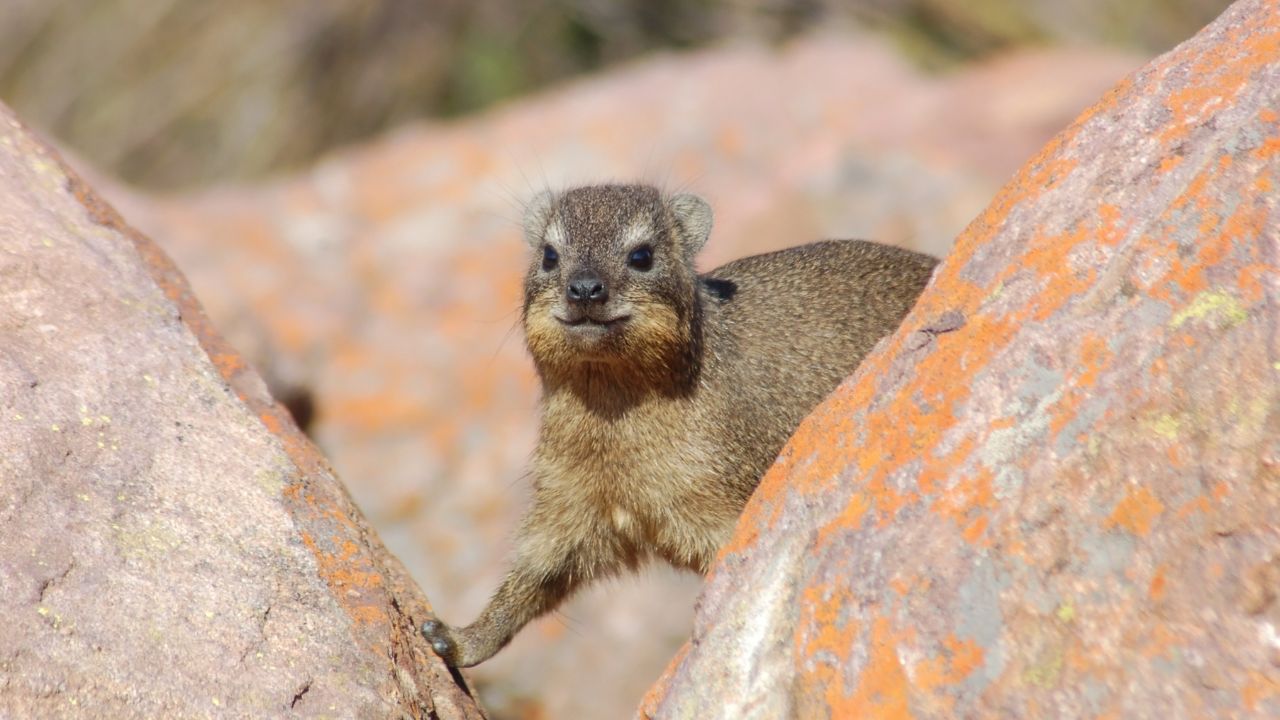
The hyrax, found in East and Southern Africa and the Middle East, looks like a rabbit or guinea pig but is related to elephants and manatees. They have tusks that grow throughout their lives and cheek teeth like those of a rhinoceros. Hyraxes live 9-14 years and have a gland on their back that secretes pheromones. These omnivorous animals bask in the sun to warm up, much like reptiles, as they can’t regulate their body temperature well.
5. Mantis Shrimp
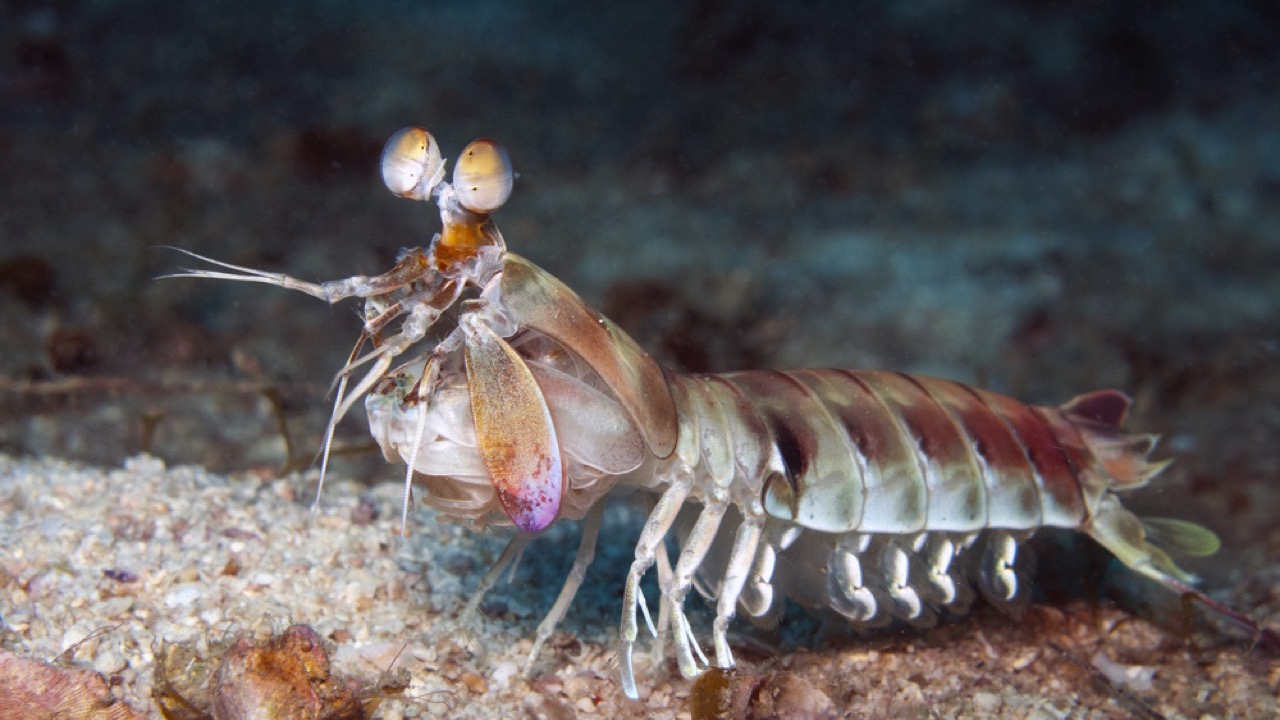
Mantis shrimp are brightly colored marine crustaceans known for their powerful claws, which they use to capture prey and defend themselves. These claws can strike with the speed of a bullet, creating cavitation bubbles that produce light and heat, adding a punch to their already formidable attack. Mantis shrimp have some of the most complex eyes in the animal kingdom, capable of seeing polarized light and even detecting cancer cells. They can perceive a broader spectrum of colors than humans, including ultraviolet light. These creatures inhabit tropical and subtropical waters and are divided into two groups: “spearers,” which use barbed claws to stab prey, and “smashers,” which use blunt claws to bludgeon their targets.
6. Kakapo

The kakapo, a flightless parrot found only in New Zealand, is a large nocturnal bird that resembles an owl. Measuring 23 to 25 inches long and weighing 2 to 9 pounds, its olive green feathers help it blend into the forest floor. The kakapo can live up to 100 years. Unfortunately, it’s critically endangered and now only survives on Codfish and Anchor Islands. During mating season, males clear an area, dig a shallow hole, and make booming calls all night for several months to attract females.
7. Hispaniolan Solenodon
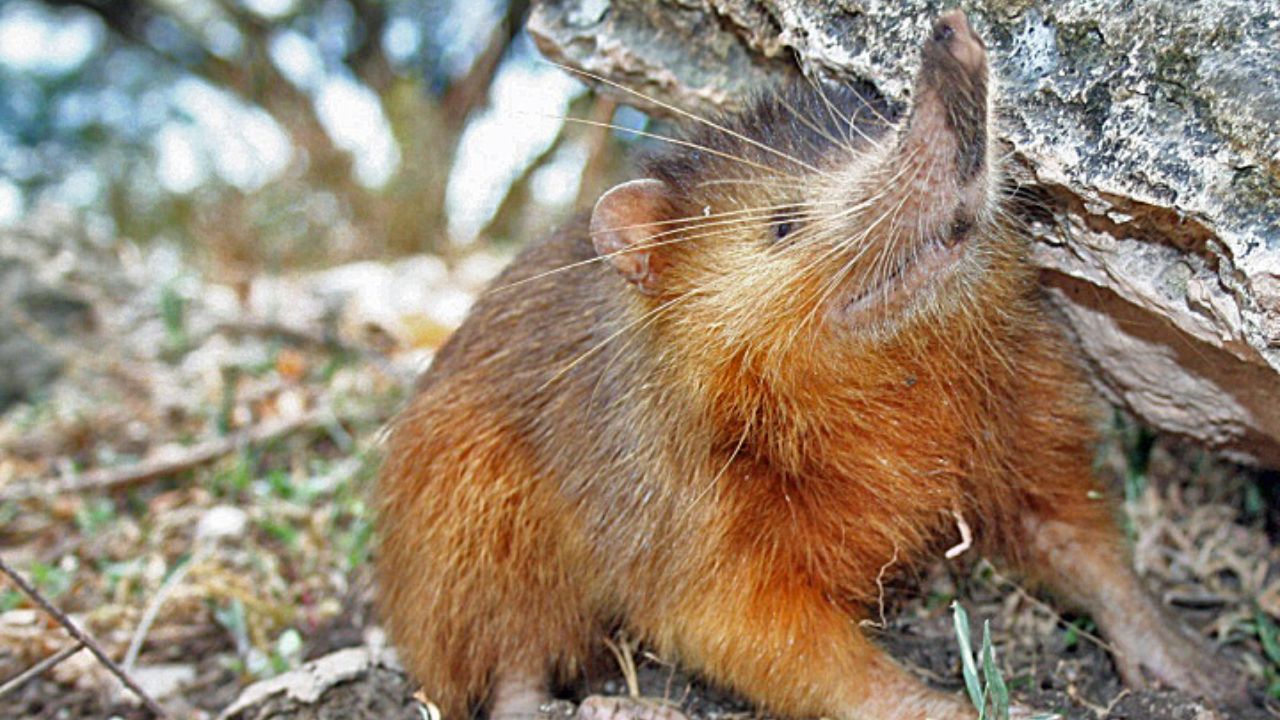
Image Credit:
This nocturnal mammal, found in Haiti and the Dominican Republic, looks like a large rat mixed with a shrew. It measures 19 to 28 inches long, with a nearly 10-inch tail, and weighs less than two pounds. The solenodon is venomous, delivering a bite that can kill small animals quickly. Although it won’t kill humans, the bite is extremely painful. These creatures have a lifespan of about 11-12 years.
8. Komodo Dragon
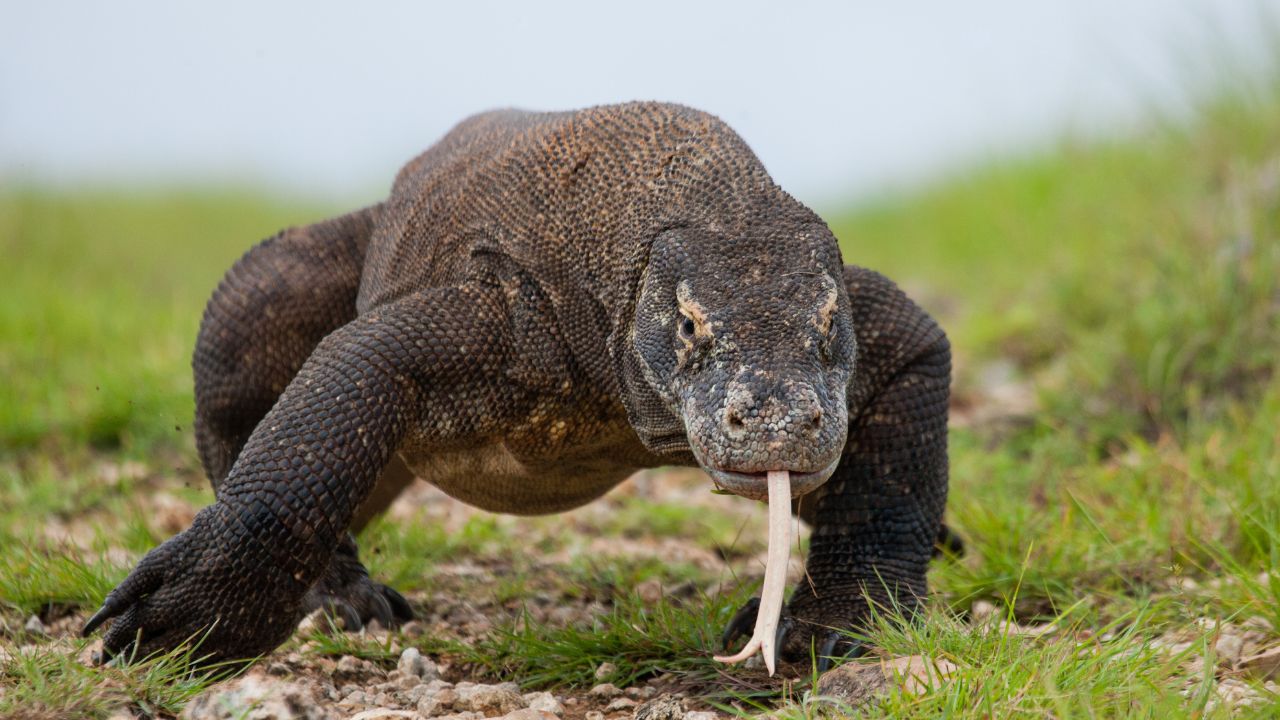
Komodo dragons, the largest monitor lizards, live in Indonesia. They are apex predators and occasionally attack humans. Their saliva contains so much bacteria that a bite can cause septic shock. Komodo dragons are ambush predators that tear out their prey’s throat or swallow it whole if it’s small enough. They can live for 25-30 years and sometimes even dig up and eat human corpses.
9. Axolotl
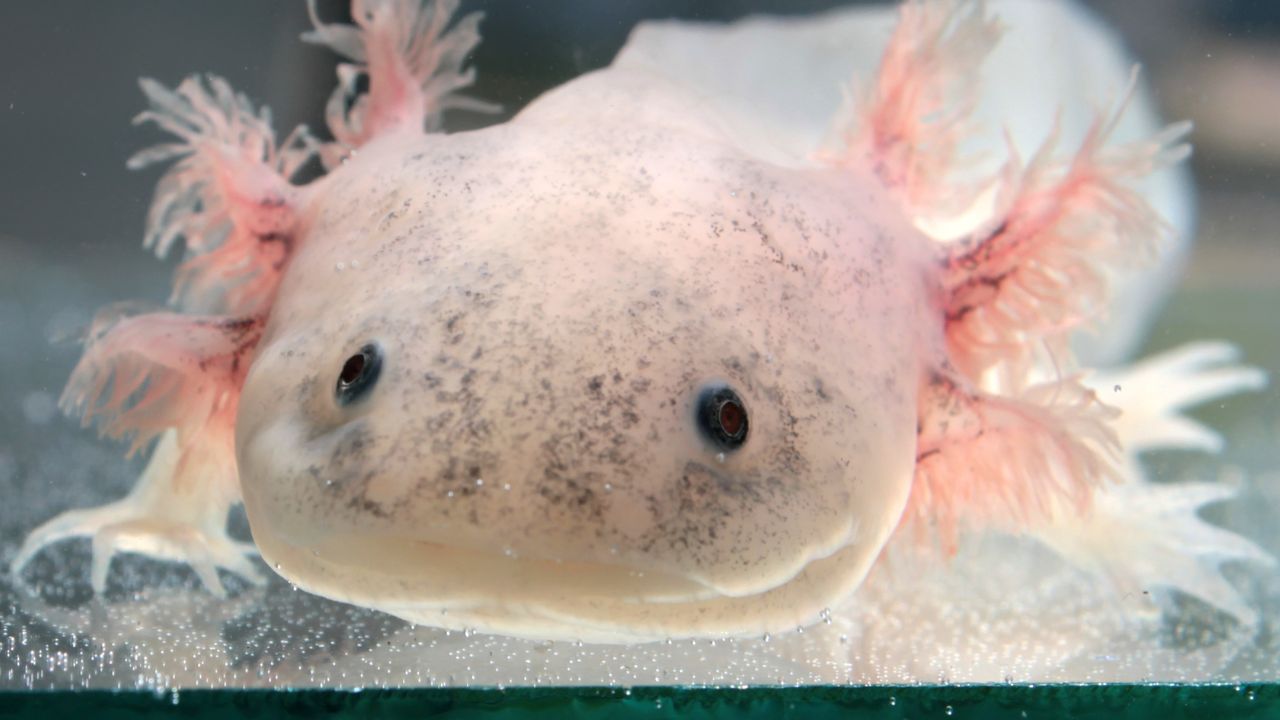
The axolotl, also known as the Mexican walking fish, is a unique amphibian that remains in its larval stage throughout its life. Unlike most amphibians, axolotls do not undergo metamorphosis. They keep their gills and remain aquatic. These creatures can regenerate entire limbs, their spinal cord, heart, and other organs. Axolotls come in various colors, including shades of white, gray, and black, and their regenerative abilities are of great interest to scientists studying potential applications in human medicine. They are native to the lakes of Xochimilco and Chalco in Mexico and are critically endangered in the wild.
10. Hydra

Hydras are tiny freshwater animals that can regenerate tissues and don’t seem to age, though they can die. Some scientists think they might live up to 1400 years, or even forever under ideal conditions. These creatures reproduce both sexually and asexually. When food is plentiful, they grow buds that become new hydras, identical to the parent. In tough conditions, they produce eggs with a tough coat that can survive until better times. Then, the eggs hatch into new hydras.
11. Sloth

Sloths, native to South and Central America, spend most of their lives hanging upside down in trees. They live 20-30 years in the wild, sometimes over 40 years in captivity. Sloths have a symbiotic relationship with algae, which grow in their fur, and various insects that live on them. Sloths are also poor walkers but excellent swimmers and can hold their breath for 40 minutes underwater. They leave their trees only to relieve themselves, which remains a mystery to biologists.
Becky is a fervent wildlife enthusiast and pet care expert with a diploma in canine nutrition. Her love for animals stretches beyond the domestic, embracing the wild tapestry of global fauna. With over a decade of experience in animal welfare, Becky lends her expertise to OutlandishOwl through insightful articles, captivating wildlife information, and invaluable guidance on pet nutrition. Her work embodies a deep commitment to understanding the intricate lives of animals and a passion for educating others on sustaining natural habitats. Becky's hands-on conservation efforts and her knack for translating complex dietary science into practical pet feeding tips make her an indispensable voice for creatures great and small.

